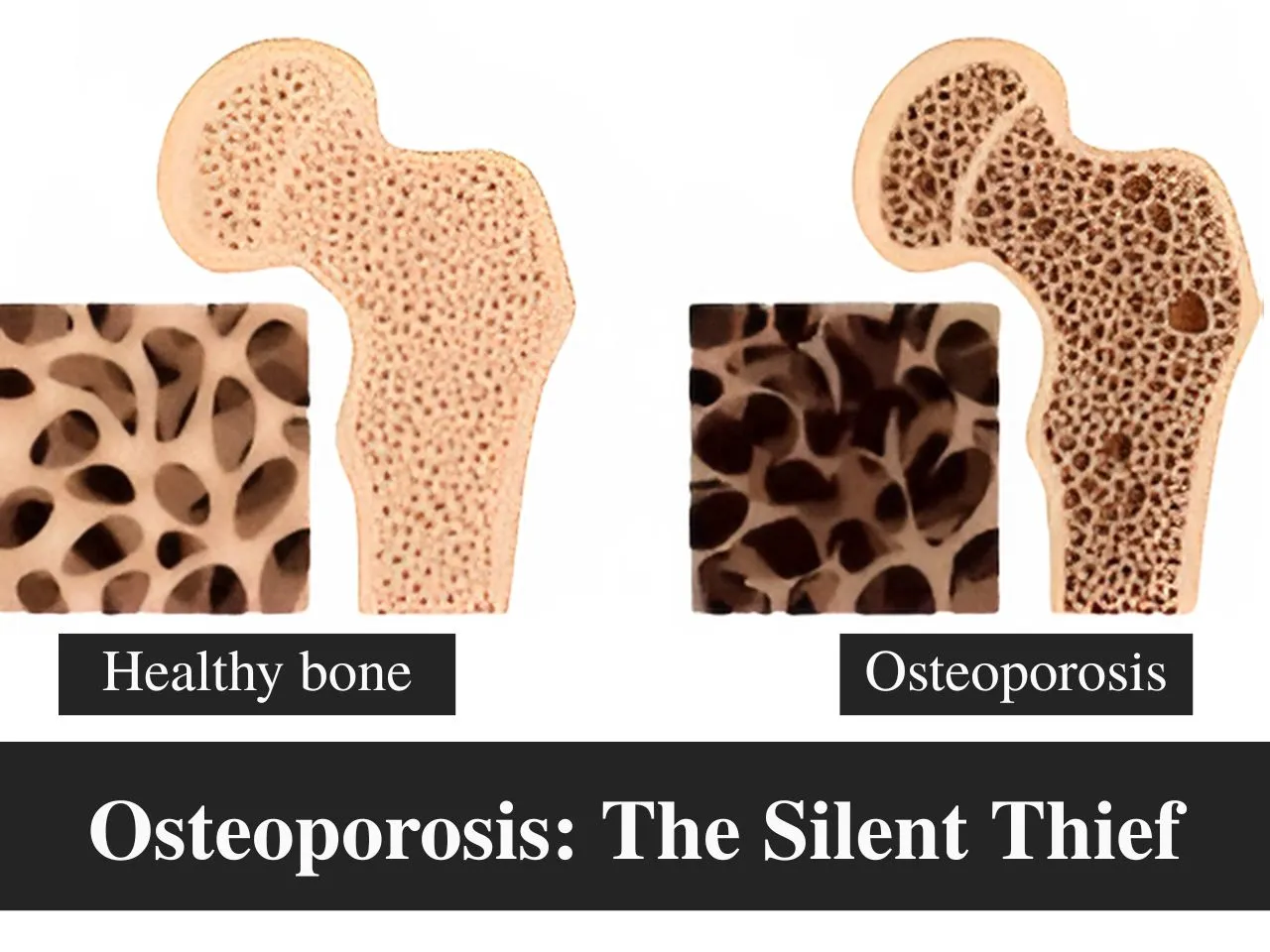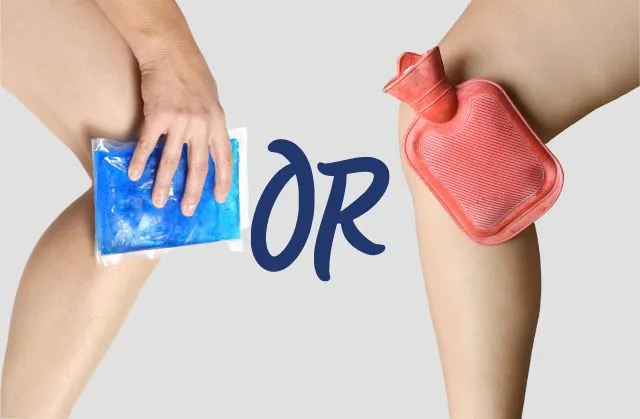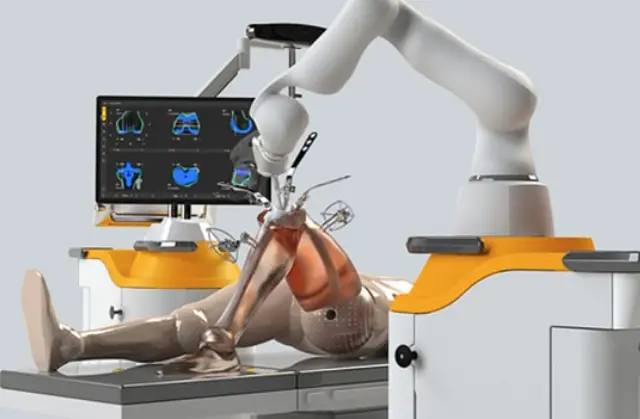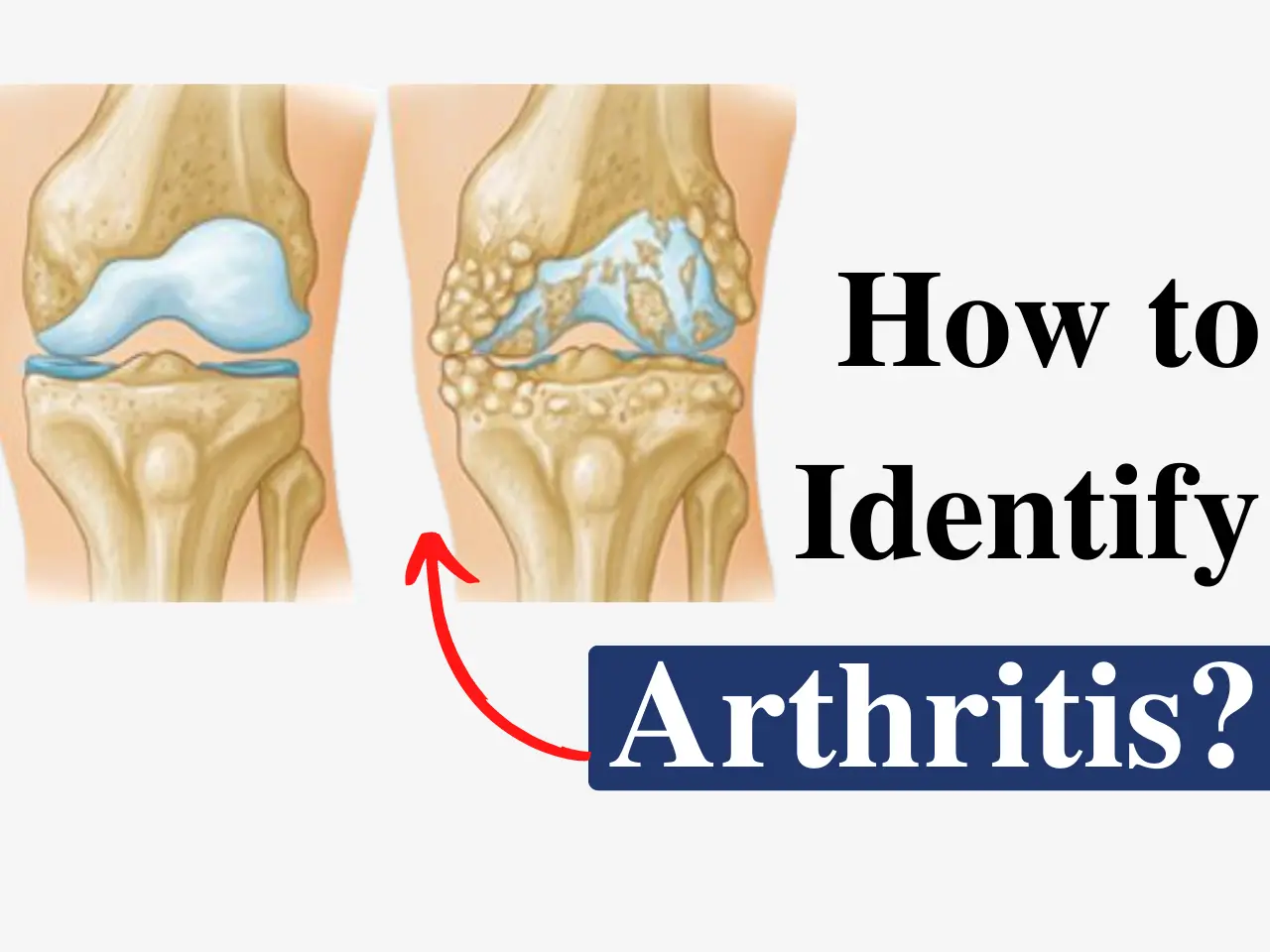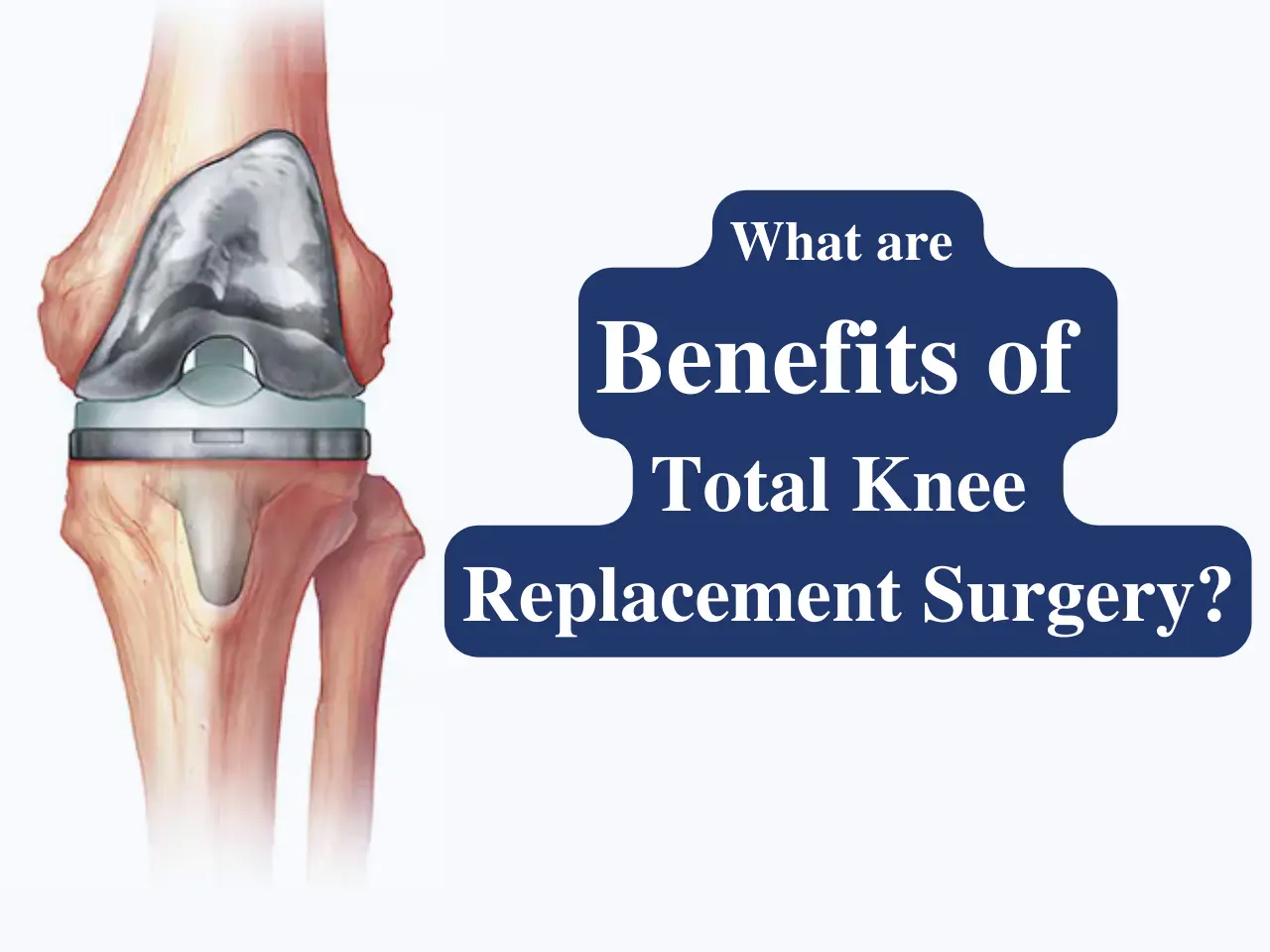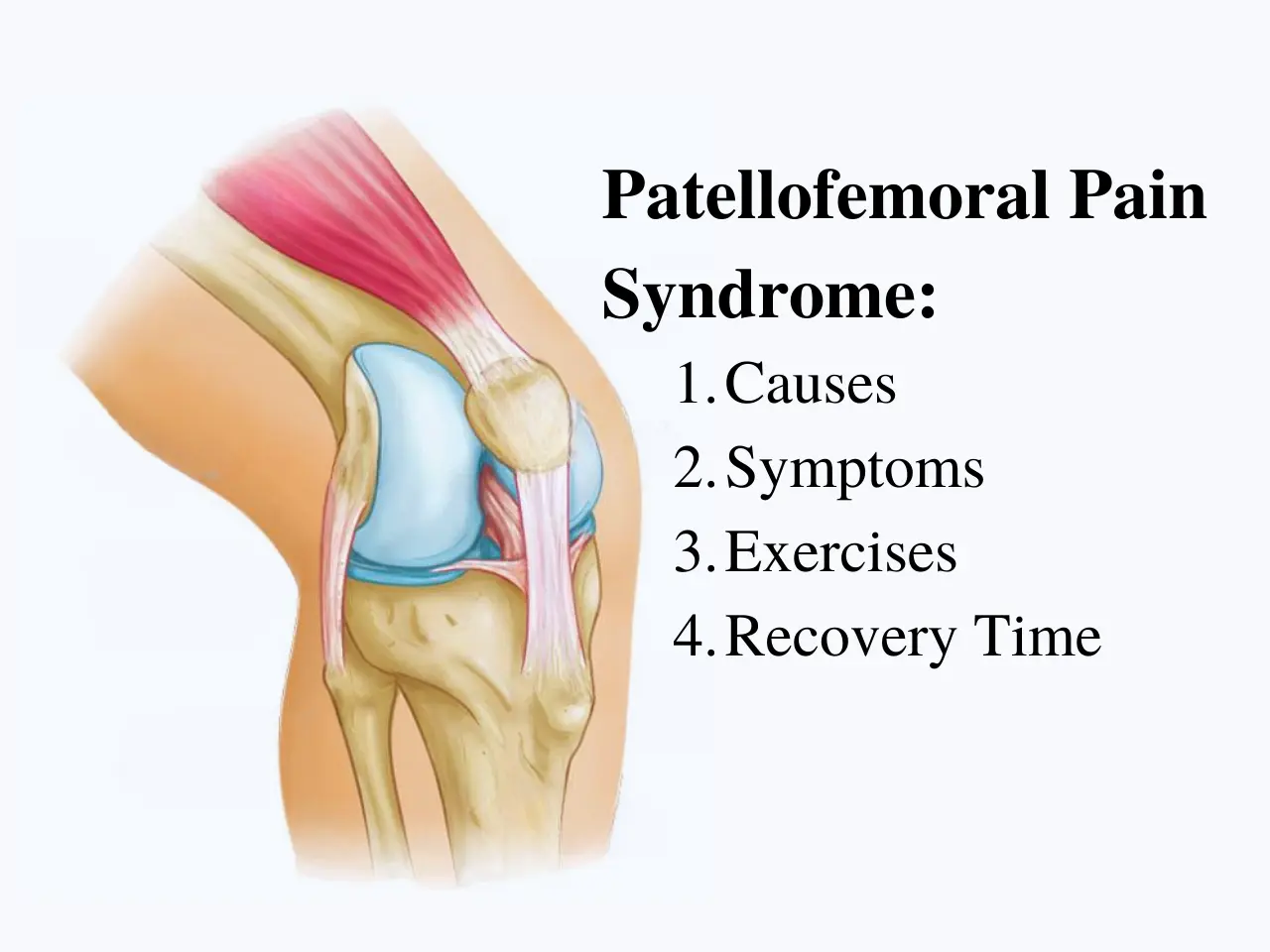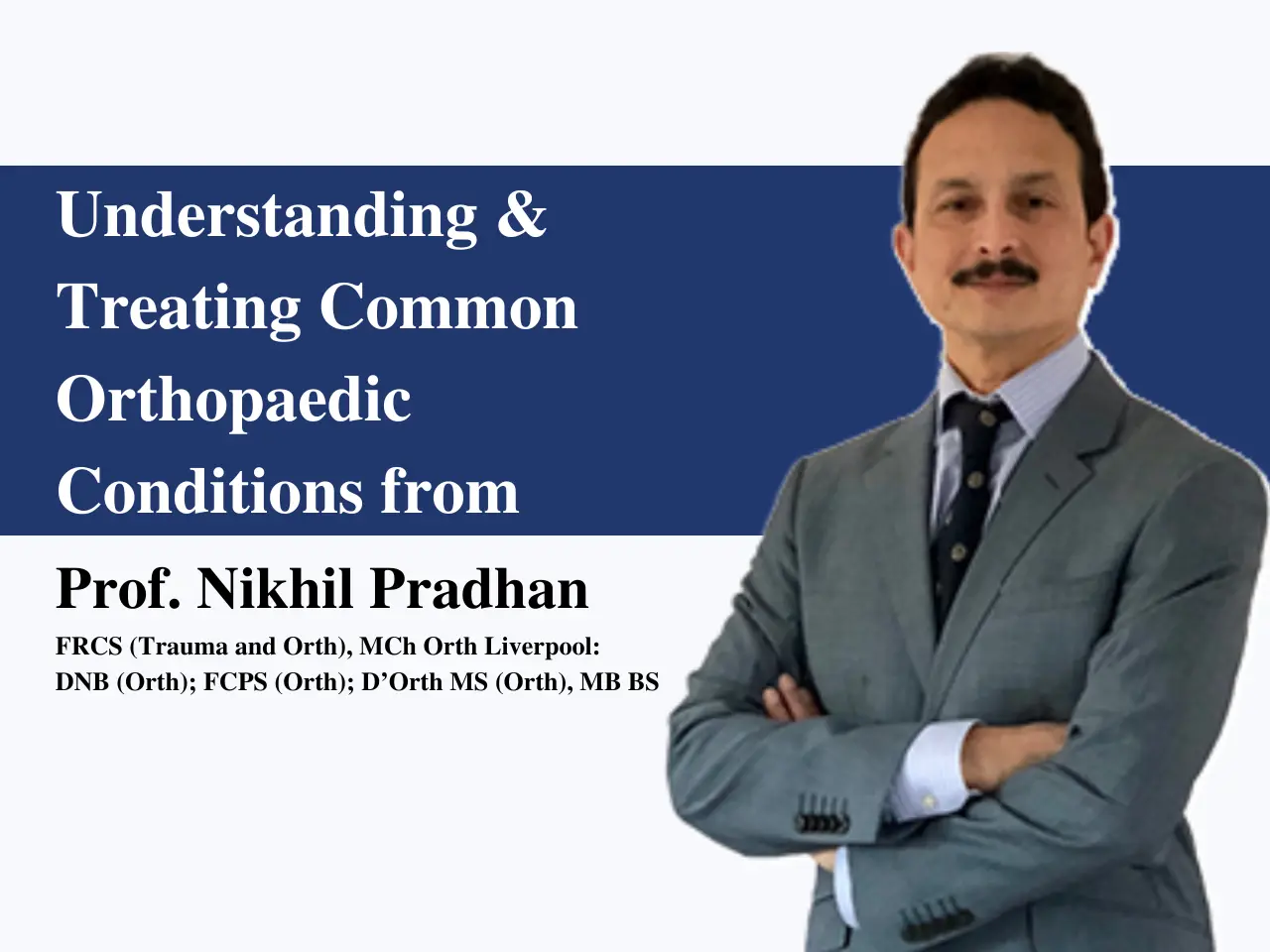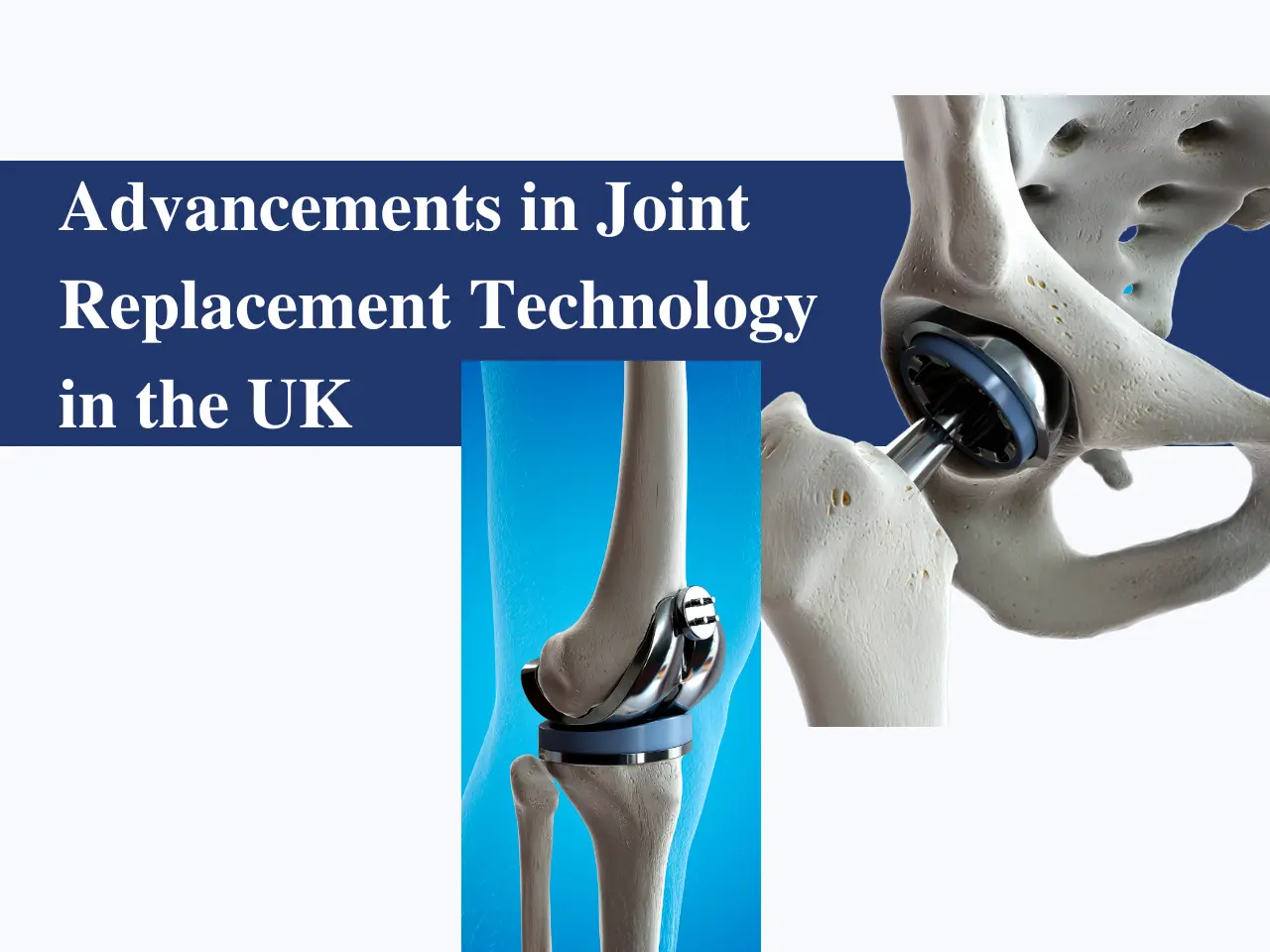Osteoporosis, the Silent Thief: Prevention, Risks, and Treatments
Osteoporosis is a condition that silently erodes the strength of our bones, earning it the ominous nickname, “the silent thief.” It weakens bones to the point where even minor falls or bumps can lead to fractures.
For many, it goes unnoticed until it’s too late.
Mr. Nikhil Pradhan, a senior orthopaedic consultant and a leading orthopaedic surgeon in Cheshire with over 30 years of experience, sheds light on this silent yet significant threat to bone health.
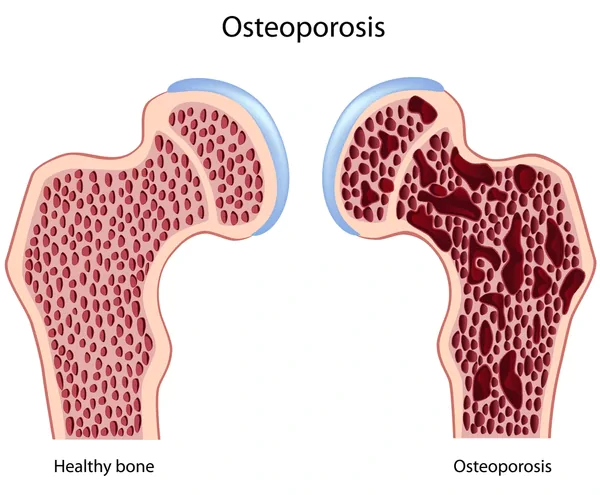
What is Osteoporosis?
Osteoporosis is a bone disease characterized by decreased bone density and quality, making bones brittle and prone to fractures.
Healthy bones have a honeycomb-like structure, but in osteoporosis, the holes and spaces become larger, indicating loss of bone mass and strength.
Most commonly, osteoporosis affects the hips, spine, and wrists. It can severely impact mobility and independence, especially in older adults.
Why is Osteoporosis Called the Silent Thief?
Osteoporosis is often called the “silent thief” because it progresses without noticeable symptoms.
Bone loss occurs gradually and painlessly.
People may not realize they have osteoporosis until a sudden fracture occurs, often from something as minor as coughing or slipping.
This quiet progression makes early diagnosis crucial.
Who is Affected by Osteoporosis?
Osteoporosis can affect anyone, but certain groups are at higher risk:
- Postmenopausal women
- Older adults (especially those over 50)
- Individuals with a family history of osteoporosis
- People with low body weight or eating disorders
- Those on long-term steroid or thyroid medications
- Patients with conditions like rheumatoid arthritis or malabsorption syndromes
Causes of Osteoporosis
Primary Causes
- Aging: Bone mass naturally declines with age.
- Hormonal changes: Especially decreased estrogen in women and testosterone in men.
Secondary Causes
- Chronic diseases (e.g., thyroid disorders, rheumatoid arthritis)
- Long-term medication use (e.g., corticosteroids, anticonvulsants)
- Poor diet lacking calcium and vitamin D
- Sedentary lifestyle
- Smoking and alcohol consumption
Symptoms of Osteoporosis
Often, the first sign of osteoporosis is a fracture. Other subtle symptoms include:
- Persistent back pain due to collapsed vertebrae
- Gradual loss of height
- Stooped or hunched posture
- Fragile bones that fracture easily, even with minor trauma
Risk Factors for Osteoporosis
Non-Modifiable Risk Factors
- Gender: Women are more likely to develop osteoporosis
- Age: Risk increases significantly after age 50
- Family history: Genetic predisposition
- Ethnicity: Higher risk in Caucasian and Asian populations
Modifiable Risk Factors
- Low calcium and vitamin D intake
- Lack of physical activity
- Smoking and excessive alcohol consumption
- Poor dietary habits
Prevention of Osteoporosis
Lifestyle Modifications
- Exercise: Weight-bearing and resistance exercises strengthen bones.
- Nutrition: A diet rich in calcium (dairy, leafy greens) and vitamin D (sun exposure, supplements)
- Avoid tobacco and alcohol: Both interfere with bone health.
Bone Health Monitoring
- Bone Mineral Density (BMD) Test: Helps detect osteoporosis early
- Regular screening: Especially important for postmenopausal women and those with risk factors
Osteoporosis Treatment in Cheshire
Medical Treatments Available
- Bisphosphonates: First-line drugs that slow bone loss
- Denosumab: A monoclonal antibody that reduces bone resorption
- Hormone Replacement Therapy (HRT): Useful for some postmenopausal women
- Selective Estrogen Receptor Modulators (SERMs): Mimic estrogen’s bone-protective effects
Advanced Orthopaedic Interventions
- Fracture treatment and rehabilitation
- Minimally invasive procedures for spinal compression fractures
- Surgical repair of hip or wrist fractures
Expert Care by Mr. Nikhil Pradhan
Mr. Pradhan offers comprehensive osteoporosis treatment in Cheshire.
With decades of orthopaedic experience, he provides both surgical and non-surgical solutions tailored to each patient.
His holistic approach combines advanced diagnostics, personalized treatment plans, and preventative strategies
Conclusion
Osteoporosis may be silent, but its impact can be devastating if left unchecked.
Awareness, early detection, and proactive care can significantly reduce the risk of fractures and improve quality of life.
For those concerned about bone health, consulting an experienced orthopaedic surgeon in Cheshire like Mr. Nikhil Pradhan is a critical first step.
FAQs
- What is the first sign of osteoporosis?
The first noticeable sign is often a fracture, especially in the hip, wrist, or spine. Gradual height loss or back pain may also occur.
- Can men get osteoporosis too?
Yes, although it is more common in women, men can also develop osteoporosis, particularly in older age.
- Is osteoporosis reversible?
While it cannot be completely reversed, early diagnosis and treatment can slow progression and improve bone density.
- When should I get a bone density scan?
Women over 65 and men over 70 should be screened. Earlier screening may be needed if risk factors are present.
- How can I find the best orthopaedic surgeon in Cheshire for osteoporosis treatment?
Look for an experienced specialist like Mr. Nikhil Pradhan, who offers advanced and personalized care for osteoporosis and related conditions.

